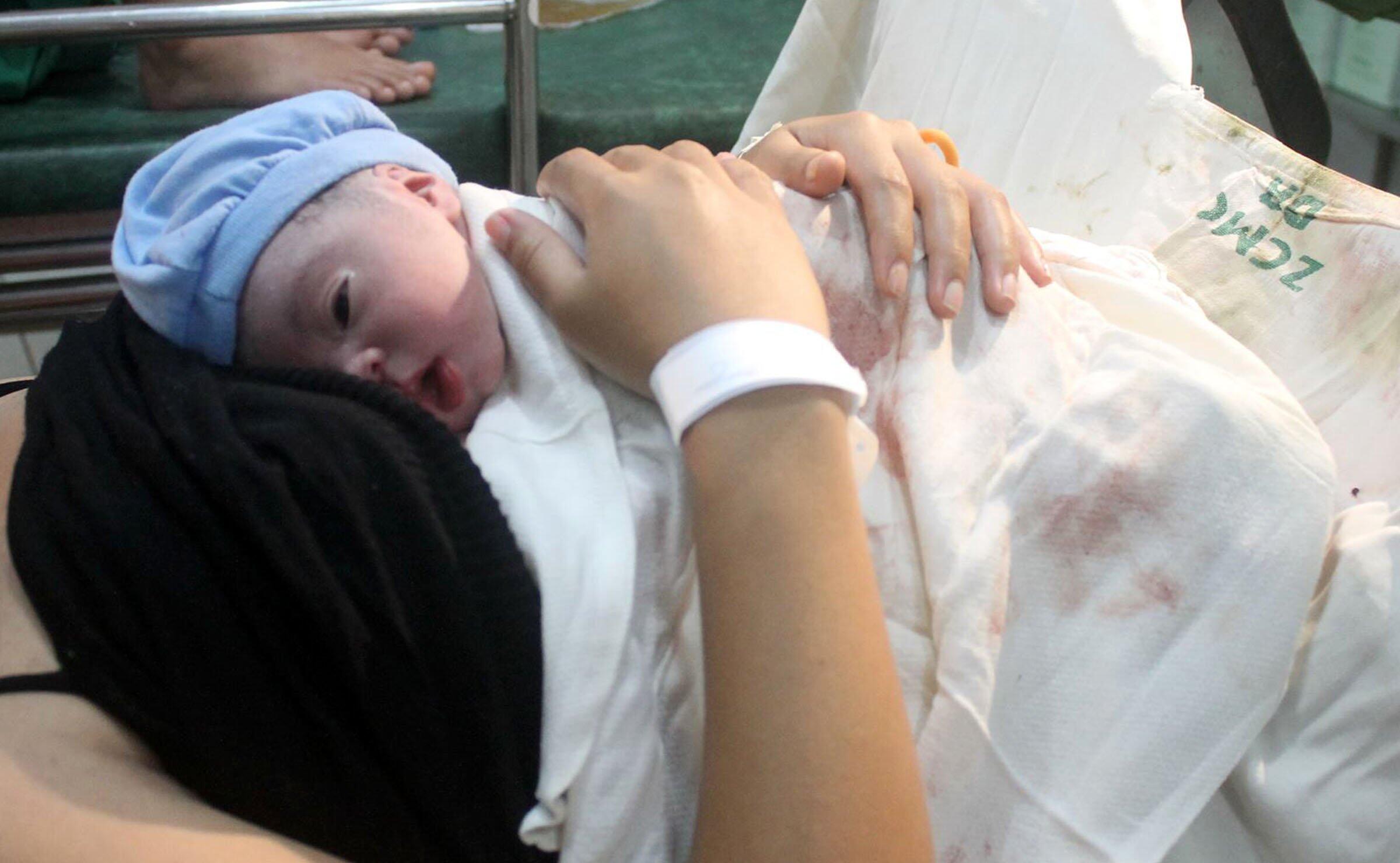The Philippines is the 12th most populous country in the world and, on Sunday (July 27), it welcomes its 100-millionth citizen, presenting both challenges of and opportunities for a growing population.
“The issue of population is critical for humanity. But it is important to emphasize that population is not merely a matter of numbers, but of human rights and opportunities,” said Klaus Beck, Country Representative of the United Nations Population Fund in the Philippines.
n the 2011 State of World Population Report, which tackled another milestone – the world’s 7 billion population – it was stated that the attainment of a stable population is a sine qua non for accelerated economic growth and development. “Governments that are serious about eradicating poverty should also be serious about providing the services, supplies, information that women, men and young people need to exercise their reproductive rights,” the report said.
In many parts of the developing world, where population growth is outpacing economic growth, the unmet need for reproductive health care, especially voluntary family planning, remains great. “In the Philippines, women in the poorest quintile have an average of six children, two more than they desire, because of lack of access to reproductive health information and services,” Beck said.
He also noted that in the Philippines, 49 percent of the population live in cities as more people from the rural areas look for better opportunities elsewhere. This migration poses issues that have to be addressed such as trafficking in women and girls.
The Philippine population remains young with people under the age of 25 making up 54 percent of the population. Beck stressed that “There is a need to respond to the rights and needs of young people by providing them with education, job opportunities, and life skills including appropriate information about their sexuality”.
Currently, 10 percent of Filipino girls aged 15 to 19 have begun childbearing. Young people are also increasingly becoming more vulnerable to HIV infections, with one out of three new cases belonging to the 15-24 age group.
"The 100 million Philippine population presents an opportunity for all partners and stakeholders to make the right investments in people now so we can prepare the groundwork for thriving, sustainable cities, productive labour forces that fuel equitable economic growth, youth that contribute to the well-being of economies and societies, and a generation of older people who are healthy and actively engaged in the social and economic affairs of their communities," Beck said.
For more information, contact:
Arlene Calaguian Alano, Communication Officer
E-mail: alano@unfpa.org, Tel: (632) 901-0306


